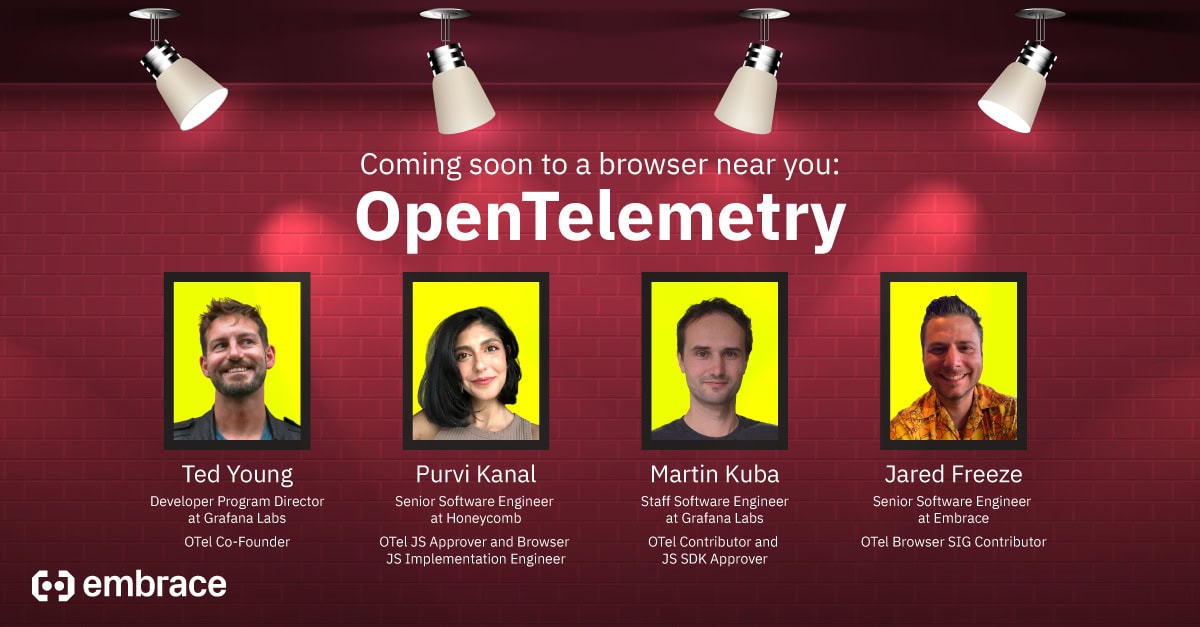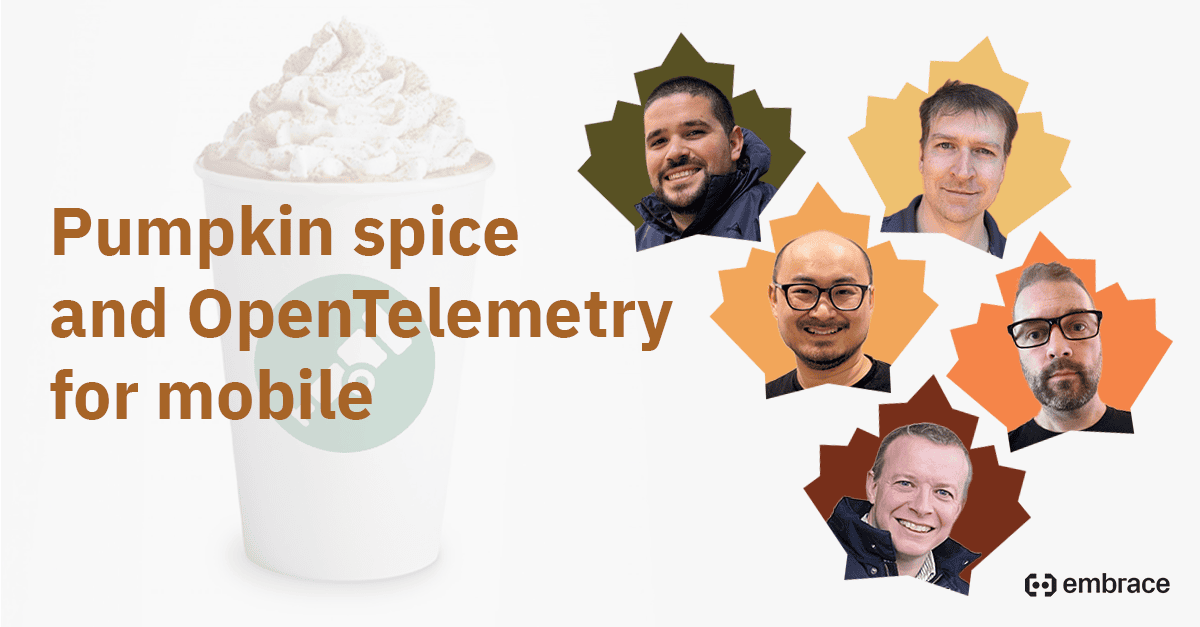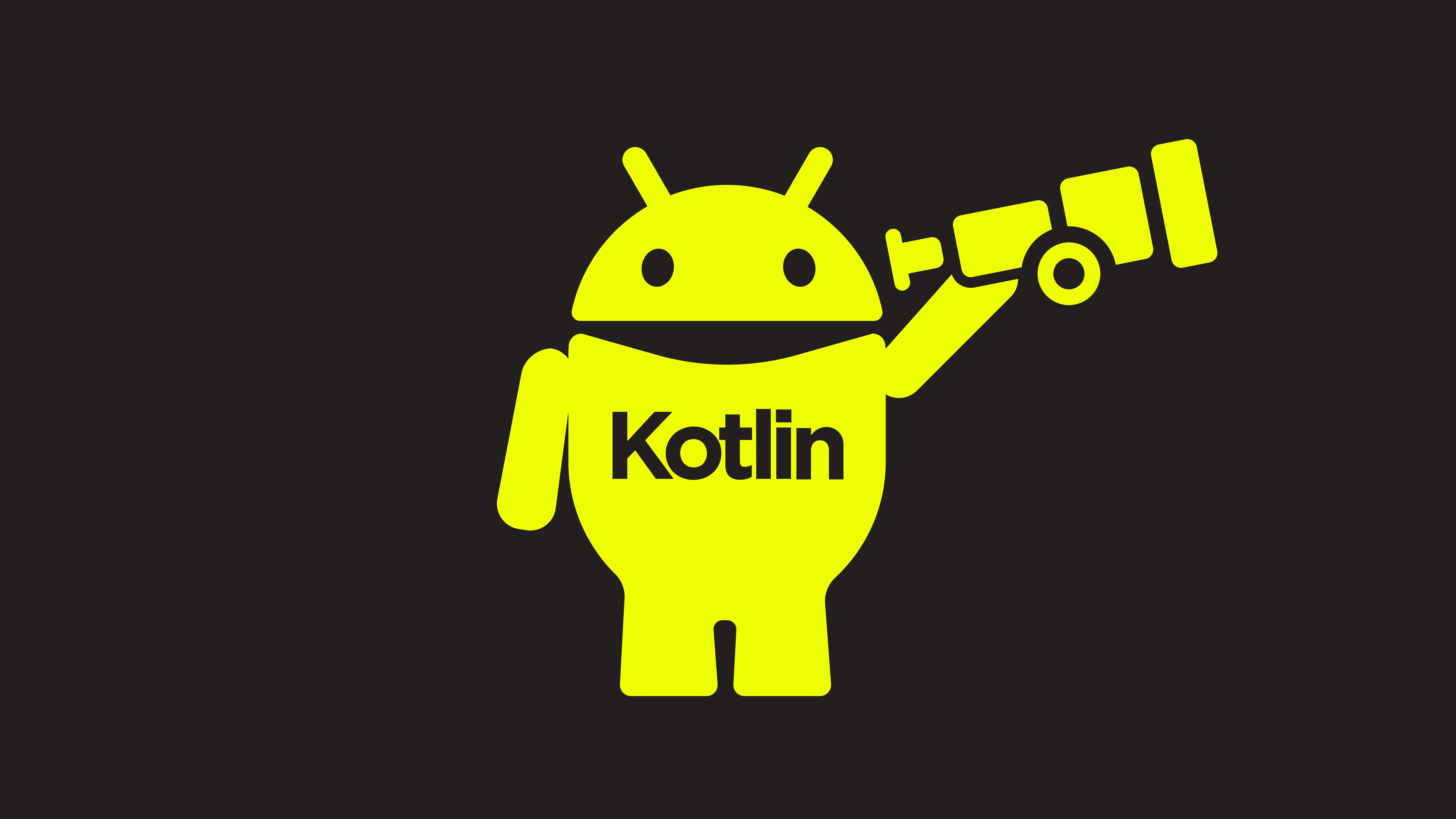
OpenTelemetry is built on the premise of transparent, portable, and extensible data collection. While these practices are changing the way development teams work for server-side infrastructure and application monitoring, these same principles have not been realized for the client-side layer, often labeled ‘RUM’ in legacy terminology. Embrace is leading the way to complete the picture for a modern observability practice by bringing OpenTelemetry to engineers building user experiences.



